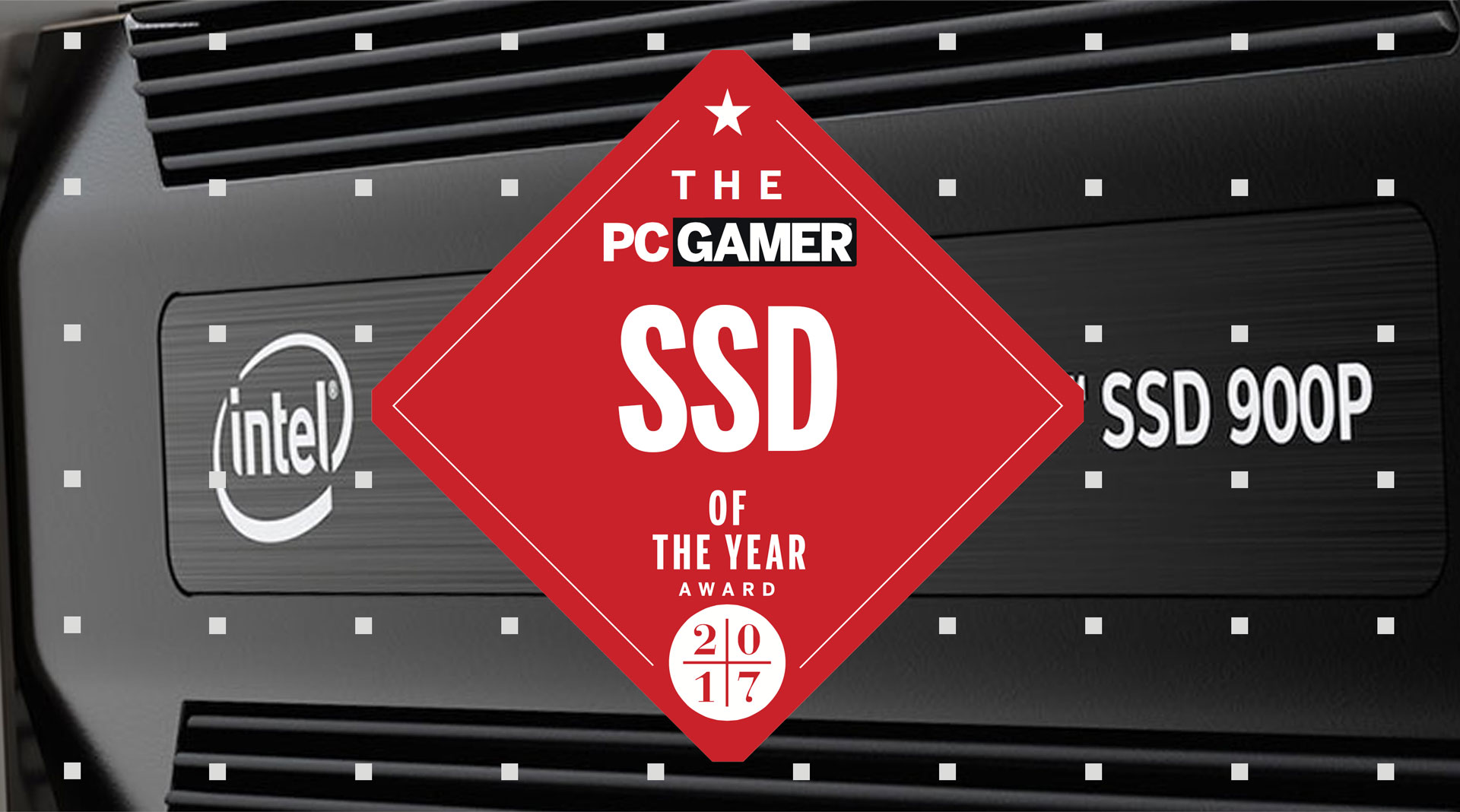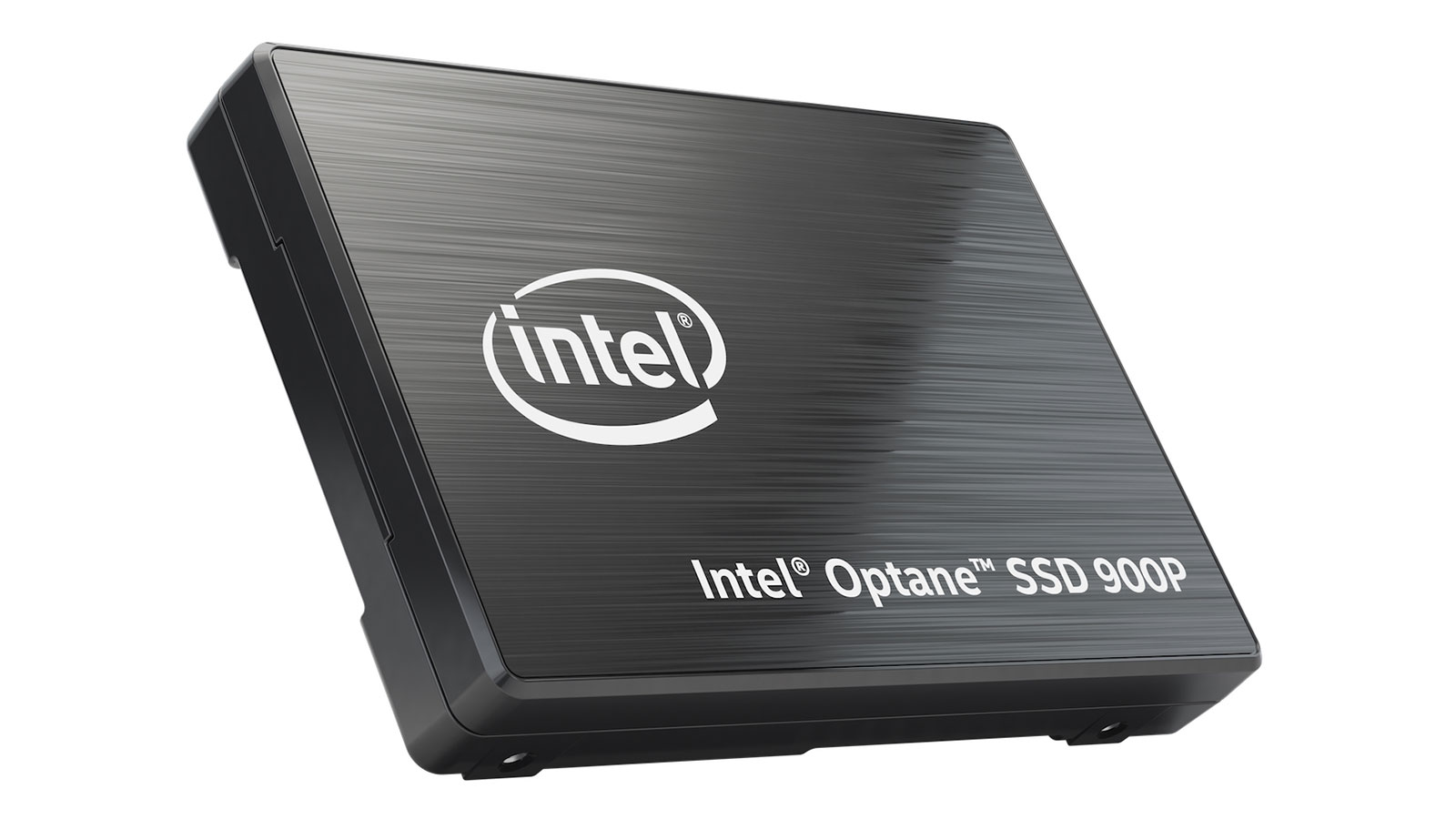SSD of the Year: Intel Optane SSD 900P
3D XPoint Technology is a revolution in storage that hasn't begun to hit its stride.

The SSD market has been pretty stagnant this past year, with demand for NAND causing prices on most models to increase rather than trend downward. We could find 480GB budget SATA SSDs for under $100 in June 2016, and 1TB class drives for under $200. Most of 2017 has seen prices at least 30 percent higher, which has been painful to watch. 2016 also brought us Samsung's 960 Pro and 960 Evo, which remain two of the best NVMe SSDs around, and while many tried to top those with new NVMe drives this year, none succeeded… until Intel dropped the Optane 900P bomb.
We first heard about the 3D XPoint Technology at the heart of Optane 900P in 2015, and originally it was supposed to hit retail drives last year. That didn't happen, but finally we have shipping products. The amazing thing about the 900P isn't that it's fast, but that it's fast in the areas where storage is actually used, namely low queue depths. For raw sequential read speeds, there are even a few drives that can surpass the 900P, but for write speeds and low latency throughput, the drives are unmatched. Overall, the Optane 900P is 30 percent faster than the second fastest SSD (Samsung's 960 Pro), and in some workloads it's up to four times faster.

Check out the complete list of all of our award winners for 2017. (The list will be updated daily as the winners are announced.)
It's not just about performance, either, as 3D XPoint is incredibly durable compared to traditional NAND. The Optane 900P drives are all rated at 10 DWPD for five years—that's "Drive Writes Per Day." That means the 280GB model can write 2.8TB of data, every day, for five years, and the 480GB model takes that to insane levels of 4.8TB per day. No mere consumer is ever going to burn through that much data during the next five years.
The Intel Optane 900P isn't perfect, however, with a few caveats we need to mention. First is the price, which is more than double the per GB cost of the second fastest drive. Form factor and power are also a problem right now, as the drives are geared to only work in desktop systems for the time being. And then there's the capacity, with only 280GB and 480GB models—most users would rather have a 1TB class SSD that's slower instead of 280GB of the fastest storage possible.
But If you want to see the future of SSDs, Optane 900P is what budget drives might look like 10 years from now. It's so fast that the PCIe x4 connection (and probably the Intel controller) is holding it back. We may need to start using x16 connections for SSDs going forward.
Keep up to date with the most important stories and the best deals, as picked by the PC Gamer team.
Jarred's love of computers dates back to the dark ages when his dad brought home a DOS 2.3 PC and he left his C-64 behind. He eventually built his first custom PC in 1990 with a 286 12MHz, only to discover it was already woefully outdated when Wing Commander was released a few months later. He holds a BS in Computer Science from Brigham Young University and has been working as a tech journalist since 2004, writing for AnandTech, Maximum PC, and PC Gamer. From the first S3 Virge '3D decelerators' to today's GPUs, Jarred keeps up with all the latest graphics trends and is the one to ask about game performance.


